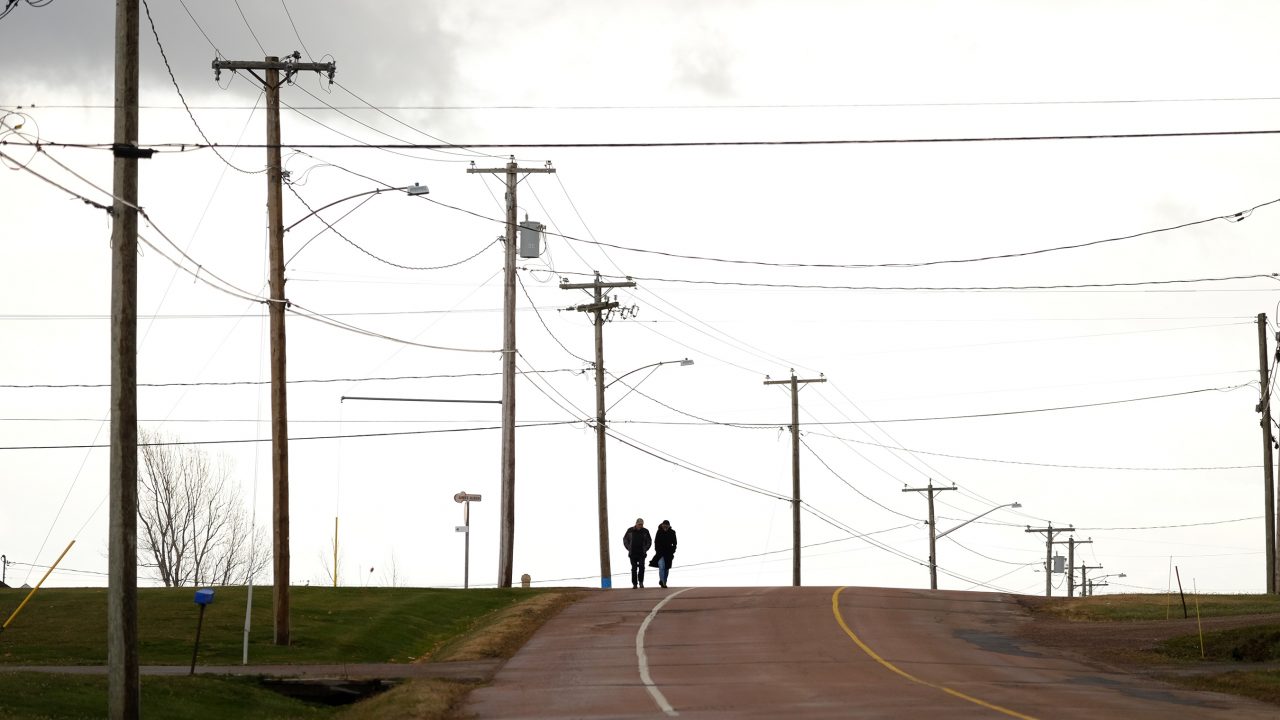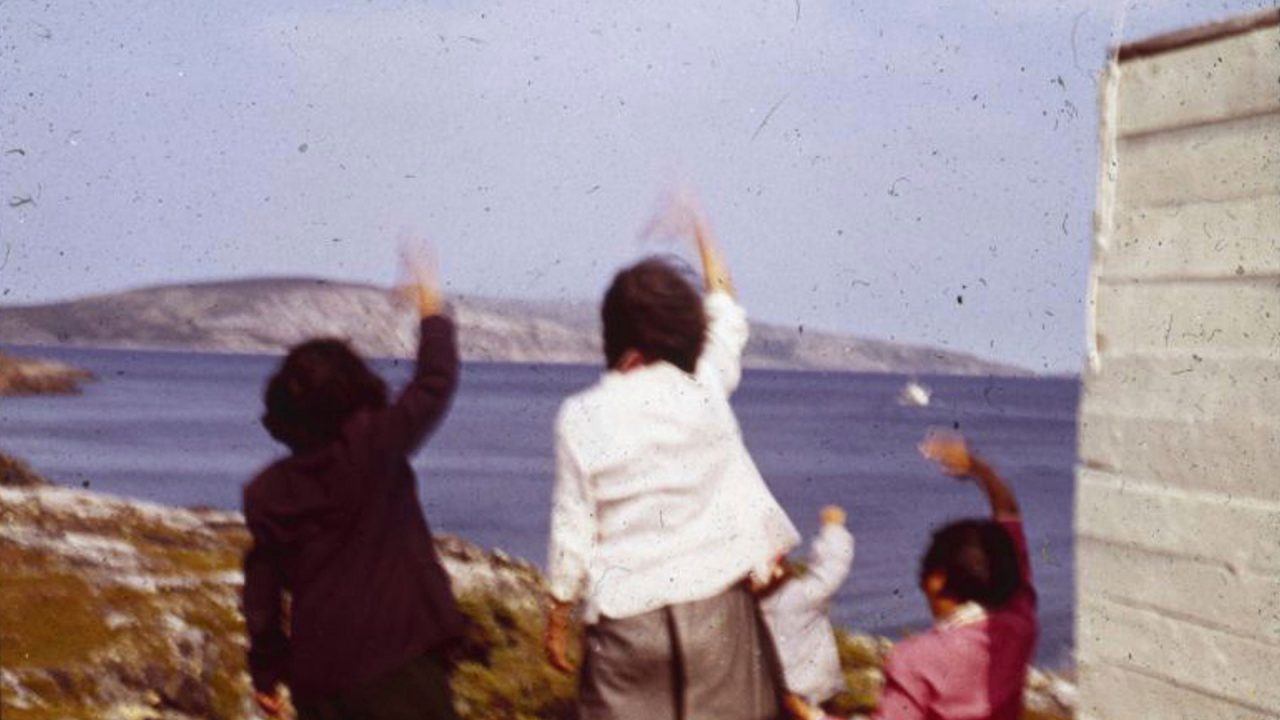
Mini-lesson for The Silence: Healing the Community
Mini-lesson for The Silence: Healing the Community
Mini-lesson for The Silence: Healing the Community
School Subjects:
- Civic Responsibility (social and legal recognition)
- Diversity/Religious Heritage
- Provincial and Federal Governments (changing laws, commissions of inquiry)
Ages: 18+
The Silence, Renée Blanchar, provided by the National Film Board of Canada
Keywords/Topics: Recognition, Victimization, Communities, Legal Process, Commissions of Inquiry
Overarching Question: As citizens, to what extent can we help bring about the changes needed to better support the social and legal recognition of the victims and survivors of sexual violence?
Warning: Sensitive topics, sexual violence, victimization
Trigger Warning: It is normal for students to experience a range of emotions (anger, frustration, sadness, shame, etc.) as they watch the film. It may even stir up painful or traumatic memories related to their own lives. For these reasons, it’s vital that students be given the opportunity to discuss these matters with a trusted person or group.
Educational Synopsis: Renée Blanchar’s harrowing documentary The Silence rips the lid off a scandal that, for far too long, had been kept under wraps: the sexual abuse of young boys by members of the clergy. While the revelations were some of the first of their kind to be made in Acadia, the film reminds us that the situation is widespread both across Canada and around the world. The film probes the institutional, community and legal actions undertaken to repair the damage caused to the victims and survivors and their families. It also prompts us to question our role as citizens. What can we do collectively to prevent similar acts from occurring in religious and other institutional settings? How can we better protect, heal and recognize victims and survivors?
Key concepts to clarify before starting the activities:
Crime victim: Someone who has been injured and/or whose rights have been infringed upon as a result of a criminal offence. Crime frequently exerts a psychological, physical, social, emotional, financial and/or existential toll on the victim, their family and friends and/or the broader community. Victimhood is subjective; a person may not be aware that they have been victimized. Unknowing victims can include children, people with a mental health disorder, someone in an abusive relationship, and people under someone’s influence, whether a religious or sectarian group or an individual in a position of power.
Survivor: A person who remains alive after an event in which others have died. The term “survivor” has more positive connotations than the term “victim,” since it suggests that the state of victimhood has not been permanent (Fattah, 2010). For recovery to begin, victimhood must first be acknowledged. In general, survivors are seen as proactive; by contrast, the victim label implies a certain passivity. Various risk factors can make someone the victim of a crime; so can simply being in the wrong place at the wrong time. None of this implies that victim status is absolute or indelible—that once a victim, always a victim. Still, if the state of victimhood isn’t necessarily a life sentence, surviving a crime doesn’t mean that there are no after effects.
Activity 1: The conciliation proposed by the Church
The Silence – Healing the Community (Clip 1), , provided by the National Film Board of Canada
1. Analyzing the information
In the clip, the survivors and Justice Bastarache discuss the Catholic Church’s proposed conciliation process in view of repairing the damage caused by the abuse. Divide the class into teams of two to three. Then, based on the survivors’ stories, have them highlight the strengths and weaknesses of this process.
2. Taking a stance and debating
After completing Step 1, students should discuss what effect they think conciliation will have, based on the following question. To what extent has the conciliation process proposed by the Church and led by Judge Bastarache acknowledged victims and survivors and repaired the harm they have suffered: fully, partially or not at all? Have students form small groups to determine their positions on the question. (Note: before starting the debate, agree on a structure that will give each team member equal time to speak.) Once the debate is over, go over each team’s position with the class, the idea here being to have students understand how different views can inform and enrich their own thinking.
Summary: Since the late 1980s, the Atlantic provinces have been shaken repeatedly by sexual abuse scandals involving the Catholic clergy. A total of 39 priests were denounced for sexual violence between 1989 and 2018, either in the media or to religious authorities or the law. In 2012, the Moncton diocese hired former Supreme Court Justice Michel Bastarache to lead the conciliation process with the victims of the abuse perpetrated by its priests. The process lasted until 2014. Over 200 victims, some of whom were addressing their victimization for the first time, came forward to share their stories. One of the outcomes is the $18 million that is to be paid out in compensation. However, to date the findings and recommendations issued by Justice Bastarache in his report to the Church officials have yet to be disclosed to the survivors or made public.
Activity 2: Fostering community recognition of the harm suffered by victims and survivors
The Silence – Healing the Community (Clip 2), , provided by the National Film Board of Canada
In these clips, the survivors express their wish for community healing. Discuss how community recognition of the harm suffered might affect the survivors.
- Use the image showing the firemen removing the offender’s name from the arena as the basis of the activity. Have students form small groups, then ask them to comment on how actions undertaken by the community might serve to repair (or partially amend for) the damage suffered by the victims and survivors of sexual violence.
- Still in groups, have students discuss what they could do in their school or community to recognize the harm suffered by their peers and foster their recovery. Then have them share their ideas with the rest of the class.
Summary: In recent years, various attempts worldwide have been made to reveal and repair the damage caused by child sexual abuse at the hands of clerics. Ranging from journalism (e.g., the 2002 Boston Globe investigation) to scientific studies and commissions of inquiry, these measures have helped make the phenomenon of victimization more visible. Efforts undertaken in the United States (Massachusetts, Pennsylvania), Ireland, the UK, Australia and the Netherlands have allowed us to better understand victimization, its impact and the corrective measures implemented in the community to foster healing and restoration. The first full-scale study on sexual victimization was commissioned in 2002. The John Jay College of Criminal Justice (2004, 2006) collected data on the allegations made by 10,667 individuals against 4,392 clerics. The study found that 4.3% of Catholic clergy in the USA were the object of allegations of sexual misconduct against minors. Similarly, a grand jury investigation in Pennsylvania amassed evidence against 300 priests accused of child sexual abuse. Both inquiries helped pinpoint when the allegations were reported to religious authorities and thus reveal the silence and prolonged inaction on the part of various institutions. In Australia, the 2017 report by the Royal Commission into Institutional Responses to Child Sexual Abuse showed how protecting the Church and its leaders took precedence over the protection of children.
Activity 3: What remains to be done to support the victims and survivors?
The Silence – Healing the Community (Clip 3), , provided by the National Film Board of Canada
Have the class identify the various solutions proposed in the two clips and weigh the benefits of each for the victims and survivors.
Summary: Lawyer Robert Talach and Professor Marie-Andrée Pelland are unequivocal that much remains to be done on the social, legal and political fronts to prevent child sexual abuse in institutional contexts and to support the victims and survivors, both in New Brunswick and the rest of Canada. Enhanced victims’ rights, independent investigations and commissions of inquiry have elucidated the harm inflicted upon victims and highlighted the tacit role played by religious institutions in hushing things up and protecting the offenders. Indeed, Canada was a forerunner in 1989 when the government created two commissions of inquiry (the Winter Commission and the Hughes Commission) to look into the allegations of physical and sexual abuse by Christian Brothers against boys living at the Mount Cashel orphanage in St. John’s (Newfoundland and Labrador). However, little by way of social and legal action has since been undertaken to understand how the abuse has affected the lives of survivors in the Atlantic provinces.
Take action
Bringing about change on a societal or legal level calls for civic involvement and concerted action. In small groups, have students identify something about their community they would change to help recognize the harm suffered by survivors. Then ask them to create a text message or podcast aimed at raising awareness and sparking action. To do so, they must state the problem, define the solution and propose the action(s) through which the change can occur.
- Mini-Lesson for The Silence: The Victims of Silence
- Mini-Lesson for The Silence: Abusers in Organizational Settings
National services and resources
Madeline Lamboley is an Assistant Professor of Criminology at the Université de Moncton’s Department of Criminology and Sociology. Central to her research are women in vulnerable situations, particularly immigrant women and those who struggle with multiple issues, as well as their support needs, with a particular focus on the francophone-minority context. Her recent work focuses on the role of social media in the lives of women victims of intimate-partner violence who attempt to exit their situation. Her teaching includes courses on victimology and support for crime victims.
Marie-Andrée Pelland is an Associate Professor of Criminology at the Université de Moncton’s Department of Criminology and Sociology. Her interests centre on the individual and group trajectories of sectarian relations, victimization and criminality. She is also interested in the social recognition and identity affirmation of marginalized individuals. Her recent research focuses on change trajectories among prolific offenders and the trajectories of sexual victimization among university students.
Pour lire cet article en français, cliquez ici.
Discover more Mini-Lessons | Watch educational films on NFB Education | Watch educational playlists on NFB Education | Follow NFB Education on Facebook | Follow NFB Education on Pinterest | Subscribe to the NFB Education Newsletter



